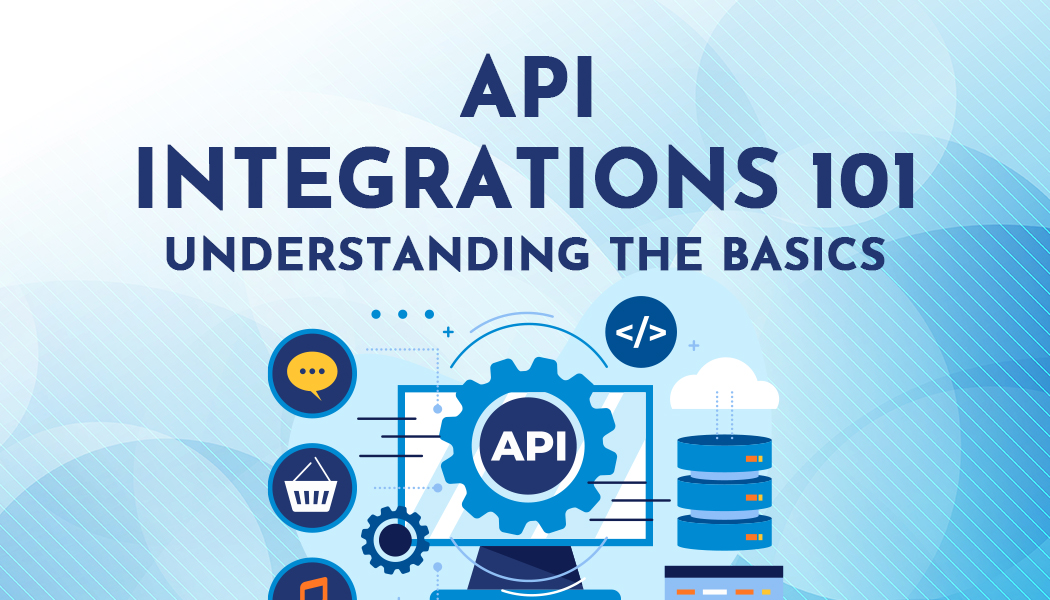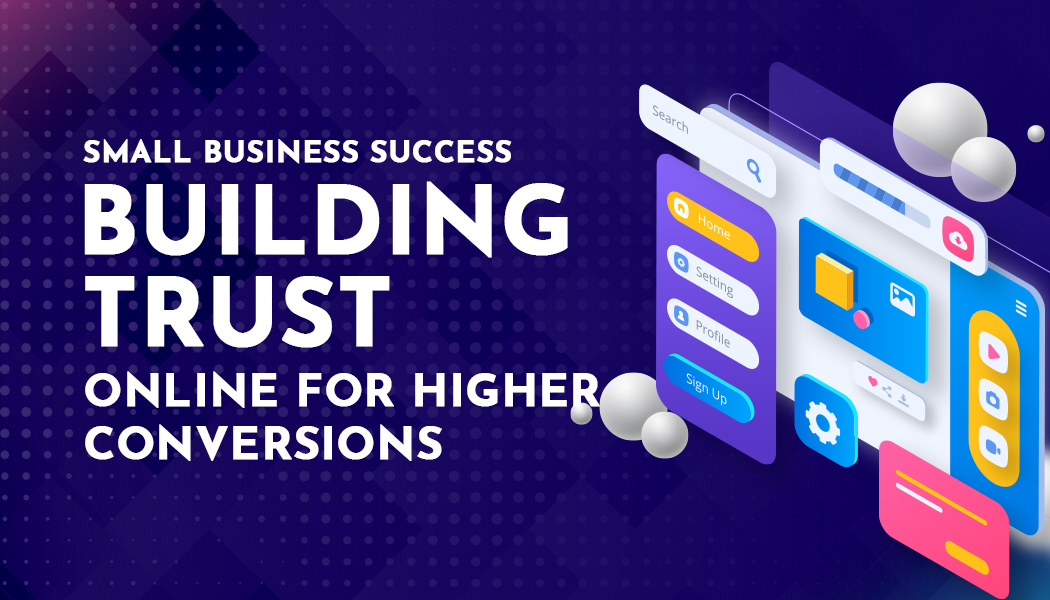API Integrations 101: Understanding The Basics
In today's corporate world, APIs and interfaces across APIs are ubiquitous. Anyone working for an organization that integrates internal systems or software as a service provider that offers customer integration can attest to this.
The terms application programming interface (API) and API integration are commonplace even if you do not work in software development or information technology. Not to mention webhooks, data mapping, JSON, and countless others. Having a basic understanding of the language of integration is more important than ever for many of us to carry out our duties effectively.
No matter your position in a software company—product, sales, partnerships, success, or engineering—API integrations will impact your work. With the help of this tutorial, you can have productive conversations about API integrations with your company's clients, partners, and developers.
To begin with, what’s API integration?

Software capability that enables data transfer across systems through one or more application programming interfaces is known as API integration. Without the millions of API interfaces silently transmitting data, contemporary corporate processes would be inconceivable.
Business demands can be met through API integrations.
Each integration is unique. Instead of using APIs, some integrations may interact with files stored on a shared drive or another method. On the other hand, API integrations are by far the most popular integration style we observe. This is due in part to the fact that APIs greatly simplify the process of establishing integrations.
One technical solution to a business issue is API integration. This might involve making data available from one system to another, eliminating duplicate data, or automating procedures. However, an API integration is only useful if it helps us meet that fundamental business requirement.
It would be an understatement to claim that API integration is busy. When we dig into what needs to happen with an API integration, we often find that things become more complicated than they initially appear.
API integrations From 30,000 Feet
Take a glance at the broad picture before we dive into the meaning of API integration. At its most fundamental level, an API integration can appear like this:
To access the databases of all the systems or applications involved, the sample API integration shown above makes use of an API. Furthermore, this API integration demonstrates what is commonly known as a two-way integration, in which data is delivered in both directions via the interface. Nevertheless, it's possible for some API connections to just transport data in one direction, as the API may only be present on one end of the integration.
Each API is depicted in the diagram as establishing a connection to a database. Since the API is an application in and of itself, it doesn't have to use the user interface (UI) to access the system. The API instead does a database query since data flow across systems is fundamental to any integration, and databases are where most data lives.
The sample only scratches the surface of what goes on in an integration. The next parts will go into the functionality of the integration, databases, and APIs.
When integrating APIs, why are databases necessary?
Though they aren't strictly necessary for API integrations, we've provided databases here for context. After all, there's no use in having an API data integration with an unattached database.
Prior to introducing integration, the API and database connection is established. Because of this connection, the database limits the API's access to certain records, their creation, reading, updating, and deleting capabilities, the database views it can use, and any other restrictions set for database users. Then, the API places even more limitations on the integration's capabilities. Let me show you the result:
APIs are Data Doorways.
To make data transfers easier, an API mediates between an integration and a database. It could be helpful to see the API in terms of a portal to the database when considering API integrations. While some APIs simply let you receive data from the database, others also let you write data. RESTful, SOAP, XML-RPC, and GraphQL API types are among the most common. On top of that, there are webhooks, also known as reverse APIs, since they send data out instead of waiting for it to be fetched, as is the norm with APIs.
In a purely technical sense, the integration talks to the API. But in reality, we can't divorce the API and the integration; every API has rules and restrictions that must be followed while developing an API integration. Despite the extensive capabilities of API integration, we cannot bypass these restrictions.
Sorts of API integration and helpful tools

We'll divide API integration scenarios into two groups and examine the technologies that can make each group's development process faster and cheaper:
-
Companies can automate their workflows using internal integrations, which are API integrations. Nowadays, an enterprise iPaaS (also known as traditional iPaaS or iPaaS) is used to build a growing number of API connectors within companies. Always consider that an enterprise iPaaS is a general-purpose platform companies utilize to build internal connectors.
-
Software-as-a-service (SaaS) companies commonly connect their products to the various systems their customers use. One way they do this is by building API connectors into their products. Embedded iPaaS allows SaaS firms to make these integrations. One key aspect of embedded iPaaS is that it is software platform businesses utilize to build native integrations for their clients' products.
In the end!
Finally, application programming interfaces (APIs) allow for many kinds of communication between software components, which is crucial for efficient software development. The needs and use cases of a particular project will dictate the sort of API to be used. Ultimately, developers' familiarity with these various API types helps them identify the best tool for the task.




